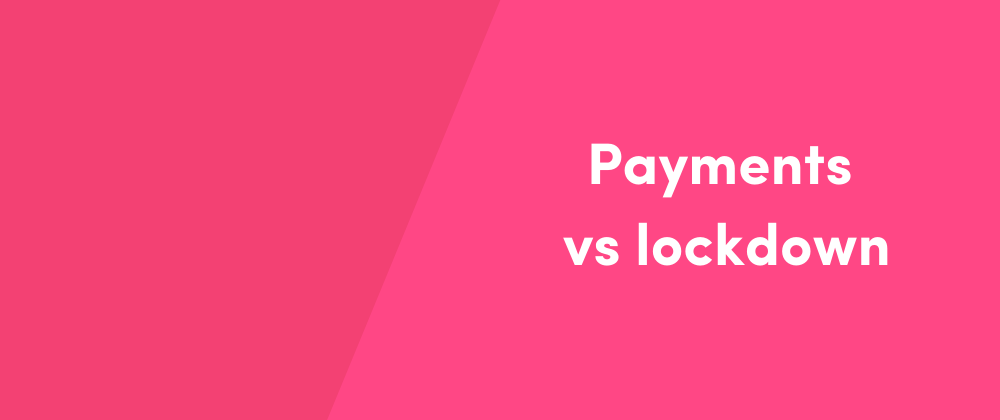At last we see the light at the end of the quarantine tunnel. Time to look back on the eight weeks of confinement, take stock of the lessons learnt and see how they serve us in the new business reality of the payments sector.
1. We must think beyond cards
With health authorities advising against the use of banknotes and coins, cash has drastically lost its popularity during the past two months.
Cards, especially thanks to their contactless feature, came in as a good alternative and banks have been quick to increase the contactless payment threshold to EUR 50. The problem with thresholds is that they’re not sufficient for all types of purchases, adding another layer of friction in the check-out process. Also, higher thresholds for contactless payments could mean higher risk of financial fraud.
This is why many consumers have started looking for alternatives to both cash and card payments. They found that mobile payment solutions with strong customer authentication and biometric confirmation of payment offer a safe yet smoother experience, avoiding all contact with payment terminals.
Another gap filled by mobile payments is the peer-to-peer transfer of money functionality, avoiding the need to hand cash to friends and family. We’ve seen an unexpected increase in money transfers to family and friends during the lockdown. Although our consumers had no more restaurant bills to split, they’ve started leveraging our mobile payment solution in paying back neighbours for groceries and sending money to loved ones in need.
2. Mobile payments can help small, local businesses come through
Local shops, restaurants and small businesses have been the hardest hit by the lockdown and had to rethink their options and add a digital dimension to their business.
Many neighbourhood grocery stores across Belgium and Luxembourg didn’t have a cash register system or card payment terminal before the crisis. So, they turned to mobile payment solutions using QR-codes for a quick-to-implement, reliable and cheaper alternative to cash and cards.
The same is true for a large number of restaurants that retooled themselves to be able to offer delivery or take-away. Even doctors, only available via call or video conference during the quarantine, adopted mobile payment solutions to offer their patients more flexibility.
3. E/Mcomm is a winning bet for retail businesses
The number of transactions in point-of-sale (POS) has dropped dramatically during the lockdown. The spending has slowly moved online, with more people purchasing in ecommerce or mcommerce channels. As preliminary data shows, online payment transaction volumes have been surging.
Global ecommerce transactions were up 23% in mid-March compared with typical weekly volume. As more people embrace online payments and get used to paying this way, consumer behavior is going to change for good, experts say.
The challenge for retail businesses moving online is creating strong, convenient user experiences across all channels and mobile payments can be part of the solution.

